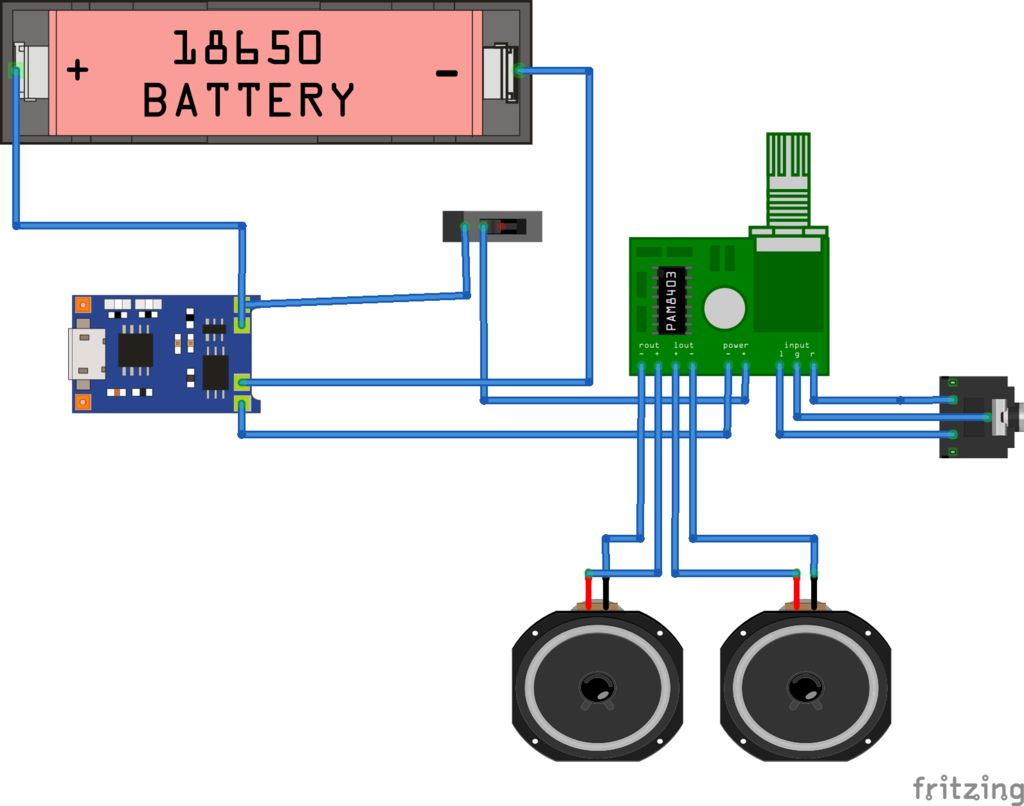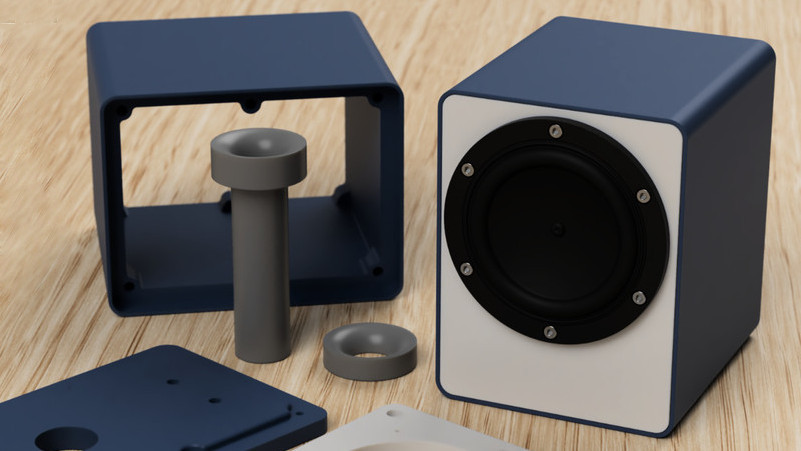DIY Bluetooth Speaker: Upcycle laptop eWaste speakers
part of ReMakeIT workshops
Turn laptop speakers into DIY Bluetooth speakers with your own design.
Parts needed: Used laptop speakers, 3.5mm audio cable plug, Bluetooth decoder and power source
Equipment needed: Soldering iron
Project cost: <S$15.00
Introduction - When EG receives a used laptop that does not work, we will harvest the working parts and components, before putting the rest into an e-waste bin, to be disposed responsibly. No part is wasted! Here we document a process to repurpose used laptop speakers to a Bluetooth speaker.

Fig. 1. A used laptop to be disassembled. Note the speakers on the bottom left and right.
Fig. 2. Useful components from laptops - two webcams (left) and three sets of speakers (right)
First, solder the speaker wires to a 3.5mm audio jack. These jacks cost less than S$1 each.
Fig. 3. Wires from speakers soldered to a standard 3.5mm audio jack.
Fig. 4. Close up of the speaker wires soldered to the jack.
A key component needed for the DIY speakers is a Bluetooth decoder. There are several types available. They should all have an audio output, to plug in a speaker. Some include an SD card slot, some come with a remote. You can decide on one depending on your project requirement. For example, the ZZ-WRBT board on the right of Fig. 5 comes with a remote, and costs around S$10 on [Aliexpress.com](http://aliexpress.com/).
Fig. 5. Different types of Bluetooth decoders
The speakers can now be connected to the Bluetooth decoder, which can be powered by a portable power bank, connected via micro-USB cable.
Fig. 6. Bluetooth speaker set up
Connect an audio source (e.g., a phone) to the speakers via Bluetooth and test the set up. Finally, you can package the set up in anyway, e.g., into a box, as preferred.
(End)

 https://www.thedarbyinstitute.com/abitofmusic
https://www.thedarbyinstitute.com/abitofmusic https://www.thingiverse.com/thing:2830124
https://www.thingiverse.com/thing:2830124
 https://cults3d.com/en/3d-model/gadget/audio-stix-tl-loudspeaker-hexibase-remix
https://cults3d.com/en/3d-model/gadget/audio-stix-tl-loudspeaker-hexibase-remix
